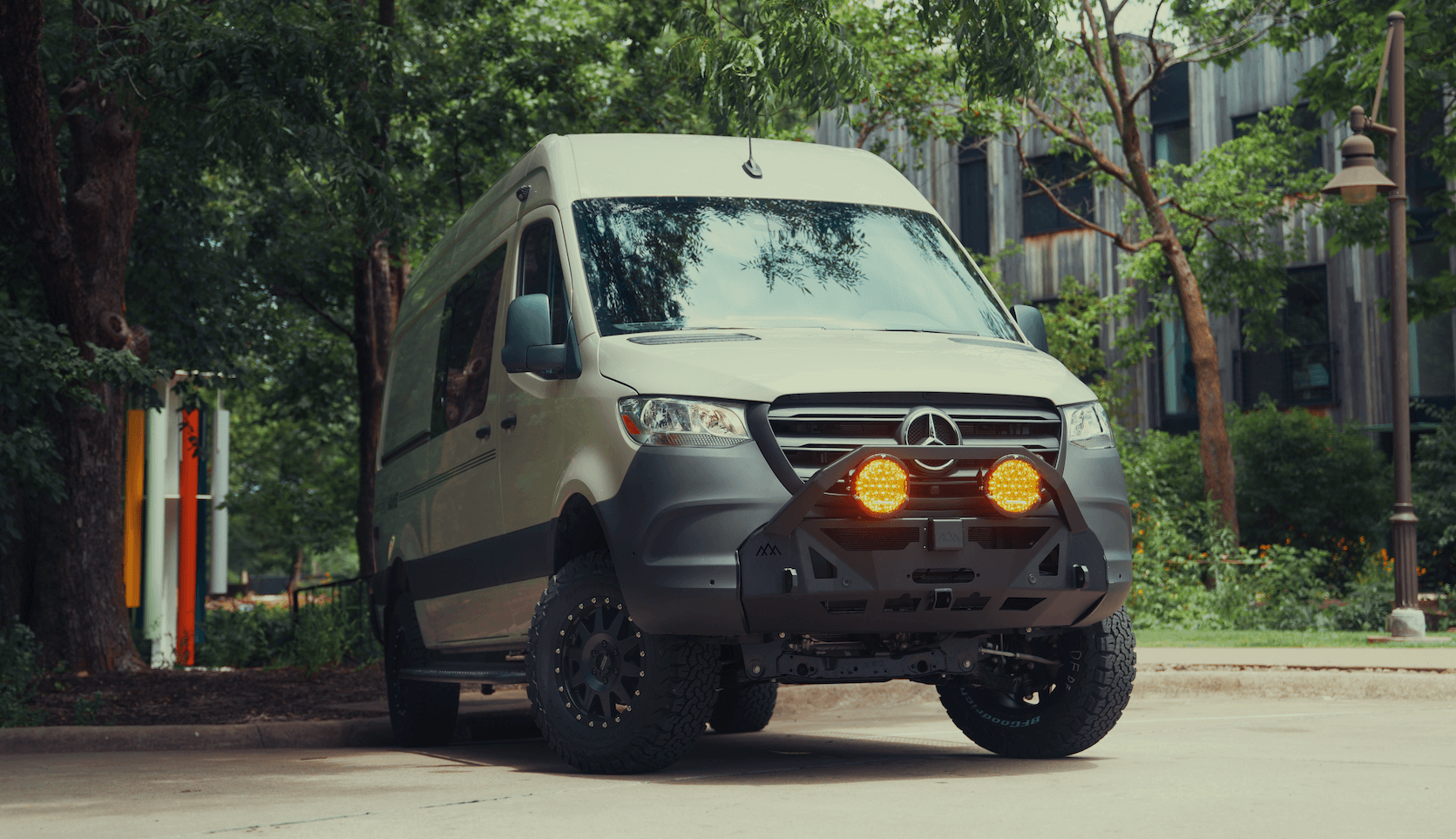Recreational Vans

Planning begins with an inventory of everything that draws power, grouped by zone and priority. Break out main stages, secondary stages, front of house, broadcast, site lighting, vendor rows, food trucks, refrigeration, ticketing, admin, medical, security, camping, charging, and back of house. Assign real power in kilowatts and note surge for amplifiers, motors, and compressors. Use diversity where loads do not coincide, but resist optimistic assumptions for prime time sets.
Sum each zone, then add reasonable headroom for surge and late adds. Audio and lighting often drive the peaks; video walls have steady draw. Apply duty cycles to intermittent gear, yet keep worst case scenarios in view for headline sets. A 20 percent buffer is common, more if the stage accepts guest rigs.
For three phase services, distribute loads to keep legs balanced and neutrals cool. Separate audio and lighting where possible to reduce interference. Keep nonlinear loads such as LED walls in mind since they can elevate neutral currents even when phases appear matched. Always verify voltage under load at the furthest distro.
Build a timeline for each source with start up checks, ramp up, show windows, changeovers, and shutdown. Schedule refuel windows with crew access and safe cordons. For curfews or low noise hours, shift non critical loads to batteries and silence generators.
Festivals commonly blend grid service, towable generators, and hybrid storage. The right mix depends on site access, utility availability, acoustic limits, and the show calendar. Tie sources to zones so a failure in one area does not drop the entire site. Keep critical services independent from audience amenities.
If the site allows a utility tap, coordinate early for temporary service, metering, and inspection. Confirm transformer sizing, grounding, and protection. Grid power is quiet and clean, but you still need backup for critical systems if storms or upstream faults occur.
Use prime rated towable units sized for continuous duty, not standby ratings. Paralleling smaller units can deliver flexibility and maintenance options during long runs. Position units downwind of stages and crowds, with proper ventilation, spill containment, and secured fuel. Add acoustic treatment and berms to reduce noise, and isolate grounding to meet code and engineer guidance.
Battery inverters handle light loads, absorb peaks, and carry quiet night hours. Solar can offset day base loads like vendor rows and admin. Hybrid systems reduce fuel burn, enable silent stages for acoustic sets, and trim generator size. Ensure inverter surge capacity matches amplifier turn on and lighting chases.
A clean power tree keeps the site organized. Start at the source, route to main distros, then to stage and zone distros, and finally to branch circuits. Label everything at both ends. Use color coding for phase identification and clear signage for emergency shutoffs.
Lay feeder with clear corridors and ramp crossings wherever vehicles or foot traffic intersect. Keep power and signal apart to limit noise. GFCI and RCD protection belongs near the point of use for wet zones and vendor circuits. Inspect connections daily for heat and strain.
Coordinate with the authority having jurisdiction for temporary power permits, bonding, spacing, and egress clearances. Document single line diagrams, load sheets, and equipment data. Conduct pre show tests for insulation resistance, polarity, and trip curves.
Install meters at key nodes to watch voltage, current, power factor, and frequency. Use alarms for low fuel and overload. Provide A and B paths for critical rigs like PA, FOH, medical, and comms. Build a simple runbook that lists contacts, shutoffs, and response steps, and stage spares like cables, breakered distros, and adapters.
Where mobile infrastructure makes or breaks the weekend, purpose built vehicles and trailers simplify deployment. Dedicated power vans, control centers, and comms rigs arrive wired, labeled, and tested so site build moves faster and troubleshooting is rare. If your event needs a turnkey platform, recreational vans configured for production support, field kitchens, or logistics can anchor your operations. For one of one requirements, a custom build van with integrated inverters, shore inputs, solar, and Starlink keeps the team online and powered. To explore wider capabilities and past projects, visit OZK Customs.
Bring us your site map, stage specs, and schedule. We will translate that plan into mobile power, safe distribution, and field ready vehicles that roll in confident and roll out clean. Submit the form and let OZK design the dependable backbone your festival deserves.
Ready to power your next festival with zero guesswork? Tell us your footprint and schedule. OZK Customs will design and build the mobile power, communications, and infrastructure you need so the show runs on time and on budget.
ADDRESS:
6159 E Huntsville Rd, Fayetteville, AR 72701
PHONE:
(479) 326-9200
EMAIL:
info@ozkvans.com